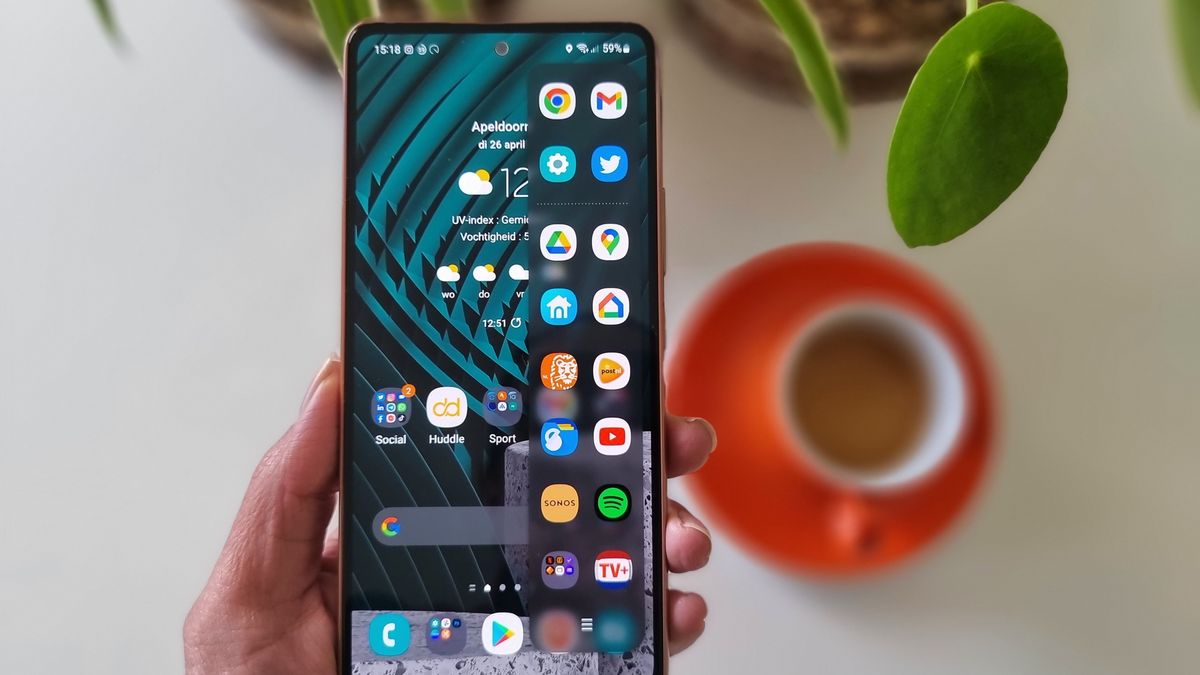Always Connected PCs: Qualcomm Needs Microsoft
Qualcomm strongly believes that notebooks with Snapdragon chips have a real market opportunity. To make the Always Connected PCs with Windows 10 on ARM really attractive, the Americans are developing a fast SoC with the Snapdragon 8cx extra. This is important, because the previous core business of Qualcomm – smartphones and modems – has shrunk significantly. However, without Microsoft’s continued support, the Always Connected PCs will not succeed.
Since Apple has turned away from Qualcomm and built exclusively LTE modems from Intel in his iPhones, a high-turnover customer has broken away – at least for the time being. Samsung has also been using its own Exynos chips for years, and Huawei also installs its own Kirin SoCs. Although Qualcomm still has two extremely large partners and many smaller ones with BKK Electronics (Oneplus, Oppo, Vivo) and Xiaomi, it was the right decision to build parallel business units. However, the server CPU business with the Centriq CPUs is highly competitive, partly because cloud giants like Amazon meanwhile use their own processors.
In the notebook segment, in turn, Intel dominates at will, even if its competitor AMD with the Ryzen Mobile aka Raven Ridge for the first time in years has again good chips on offer. In order for the Always Connected PCs to be accepted by customers at all, Microsoft still has to take care of tweaks to Windows 10 on ARM because the Snapdragons can not run natively x86 code. This limits driver compatibility so far, and the x86 emulator supports only 32 bits and is noticeably slower in CPU-intensive applications than native ARM code.
Even though Microsoft increased its emulation speed with Windows 10 v1803 in the spring of this year, Redmond must continue to optimize and convince as many software partners as possible to port their applications to ARM64. This is happening with Chromium, which is critical for Chrome and Edge, and Mozilla is working on an ARM version of Firefox.
Until the Snapdragon 8cx is in its first notebook in less than a year, Intel may have left the previous 10nm problems behind. Then, perhaps the most efficient ice-lake generation competes with the 7nm Qualcomm chip, so the operating system and app support for Windows 10 must be on ARM. Qualcomm needs Microsoft, otherwise the development costs for a dedicated notebook chip were in vain and the Always Connected PCs remain a marginal phenomenon.


